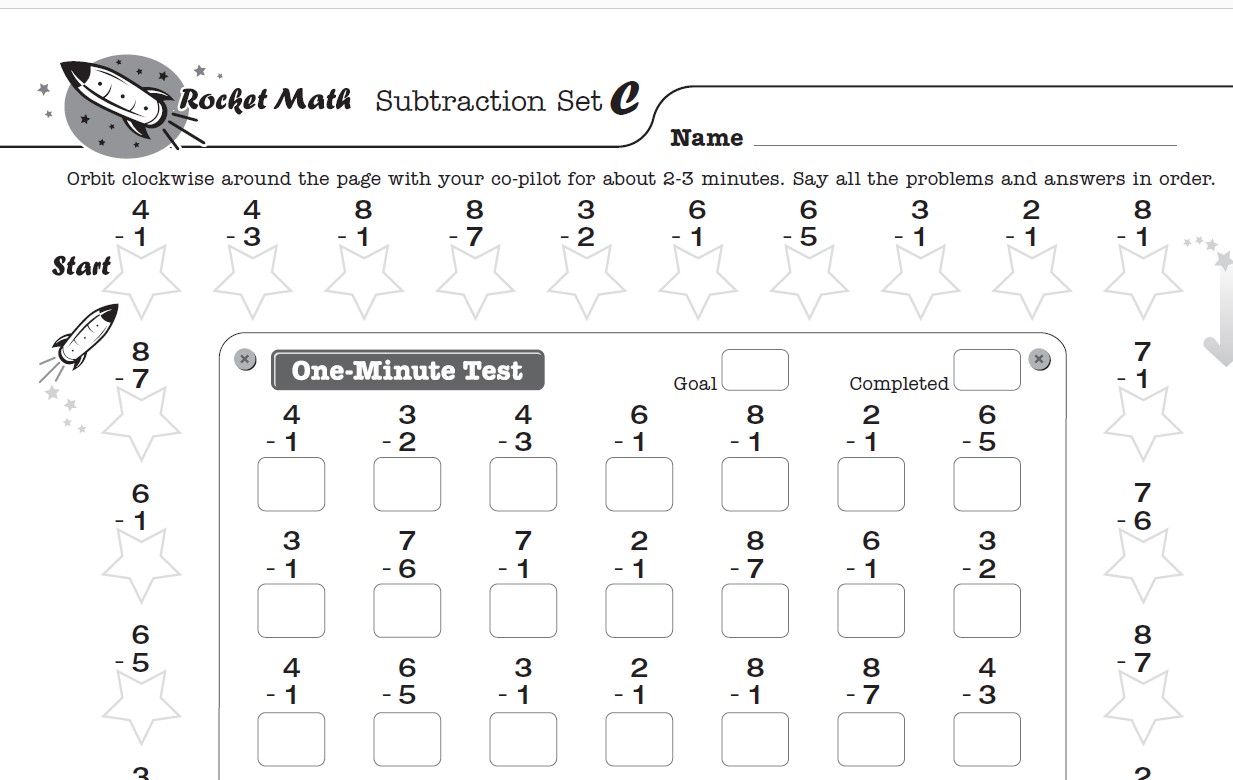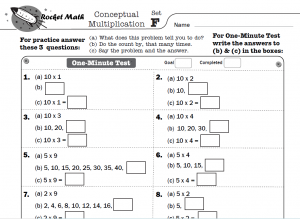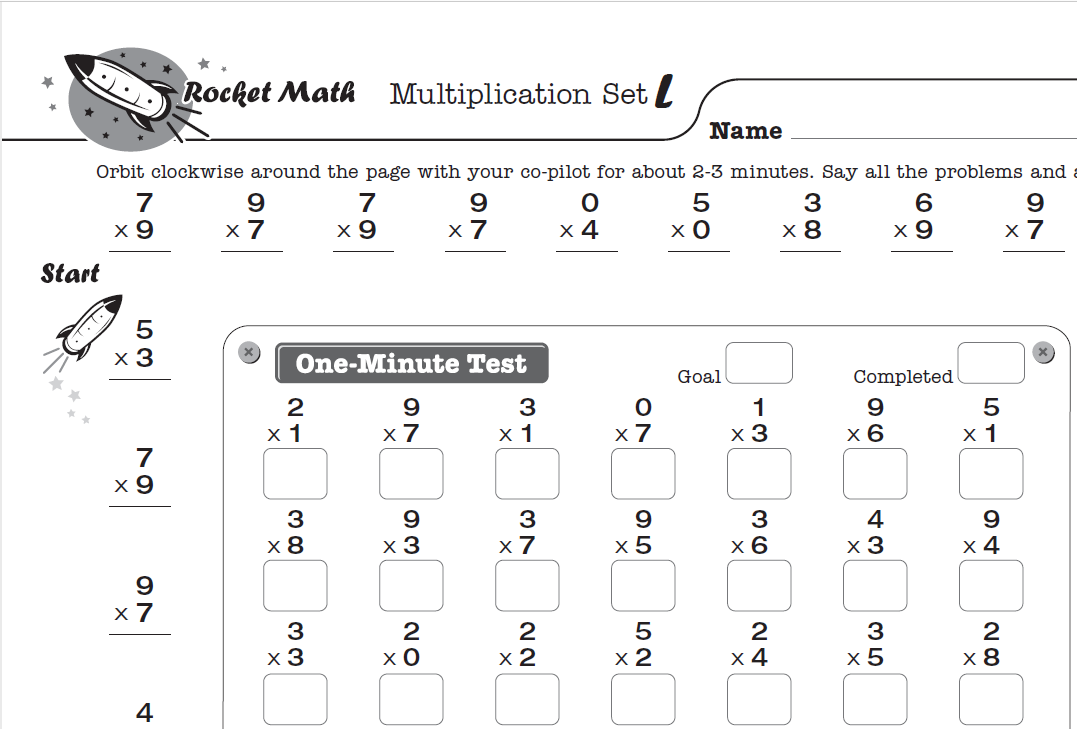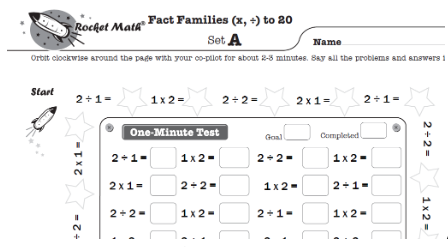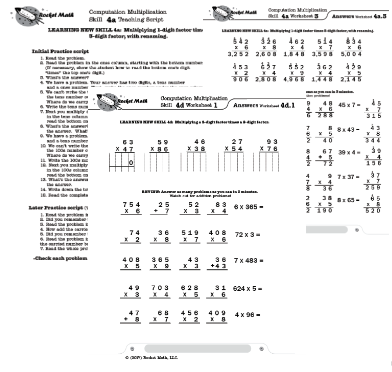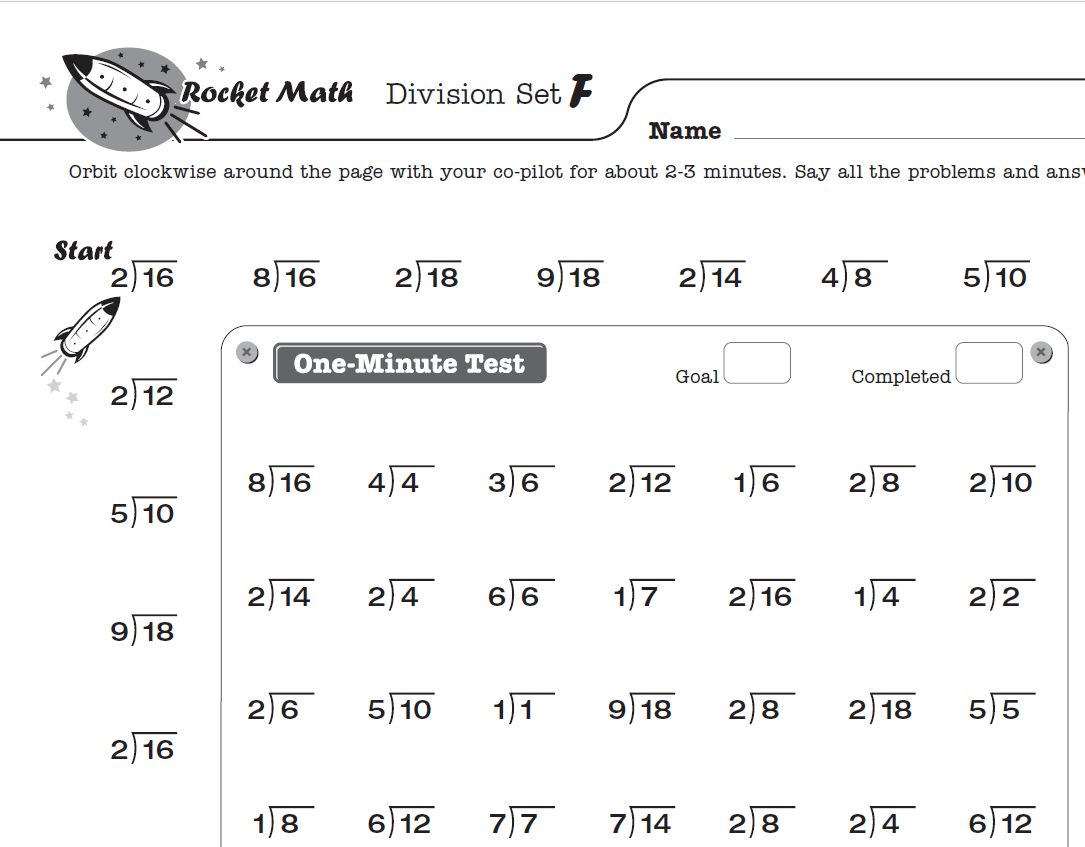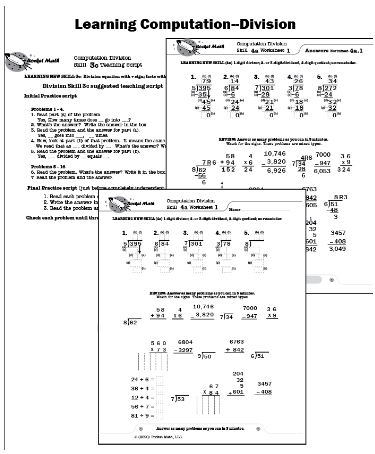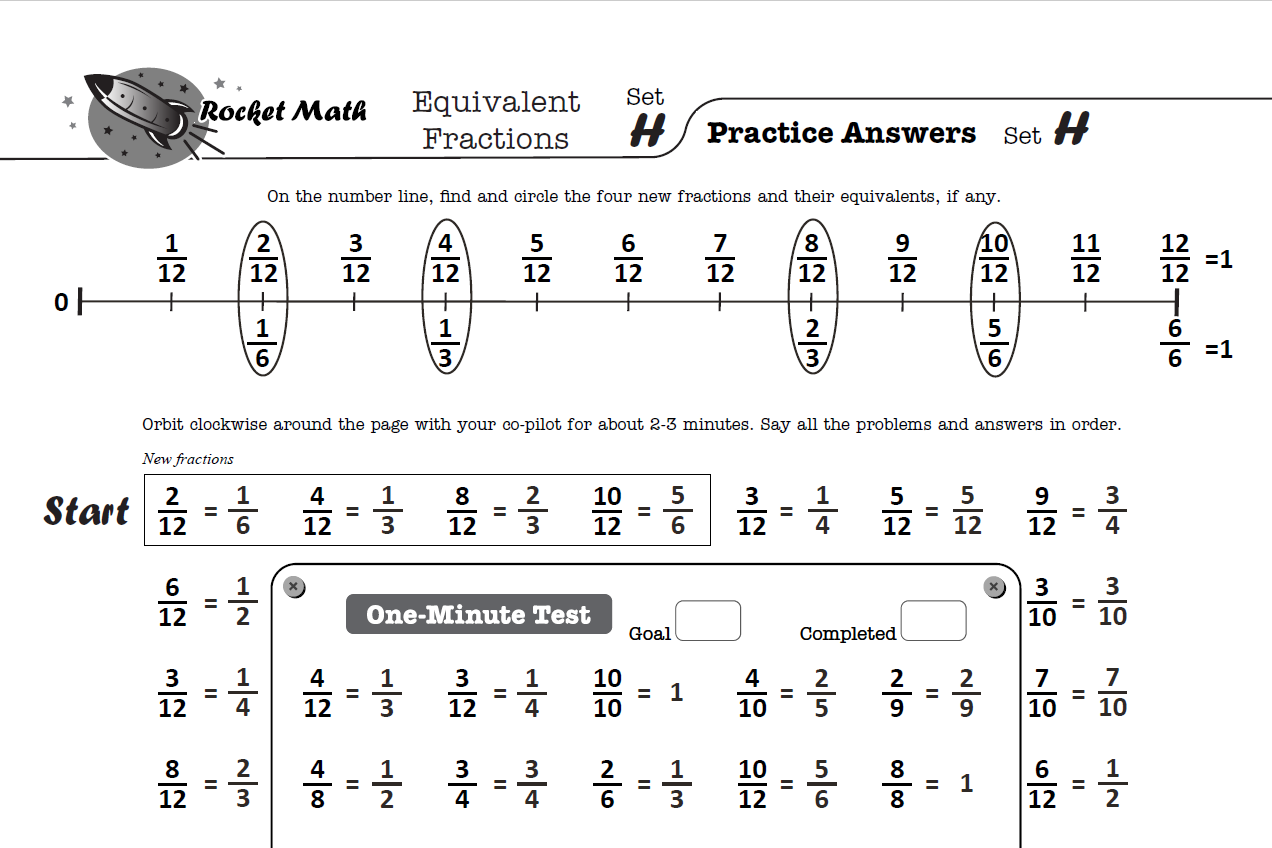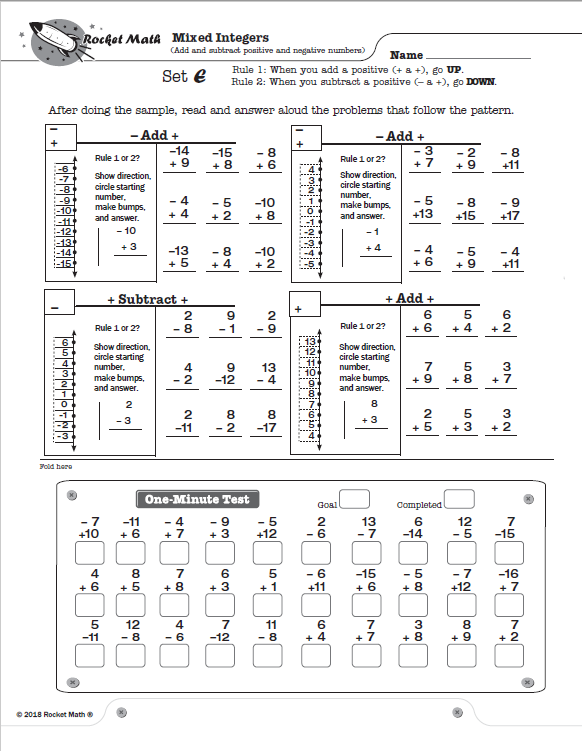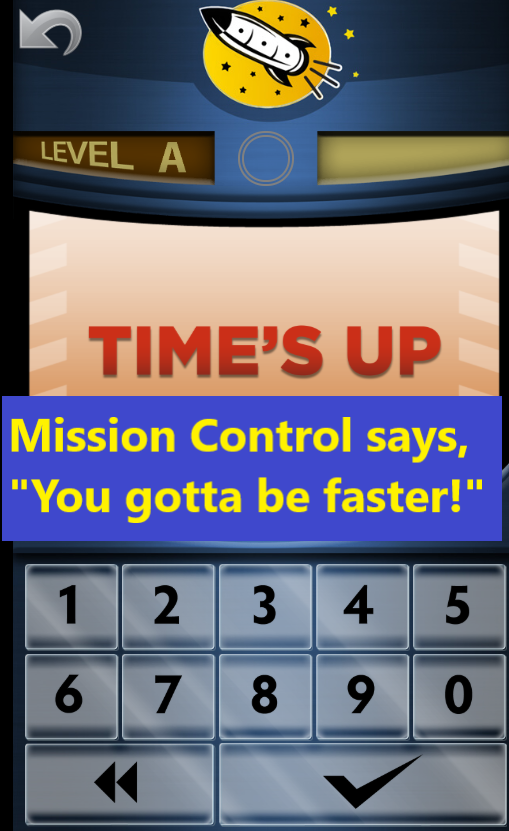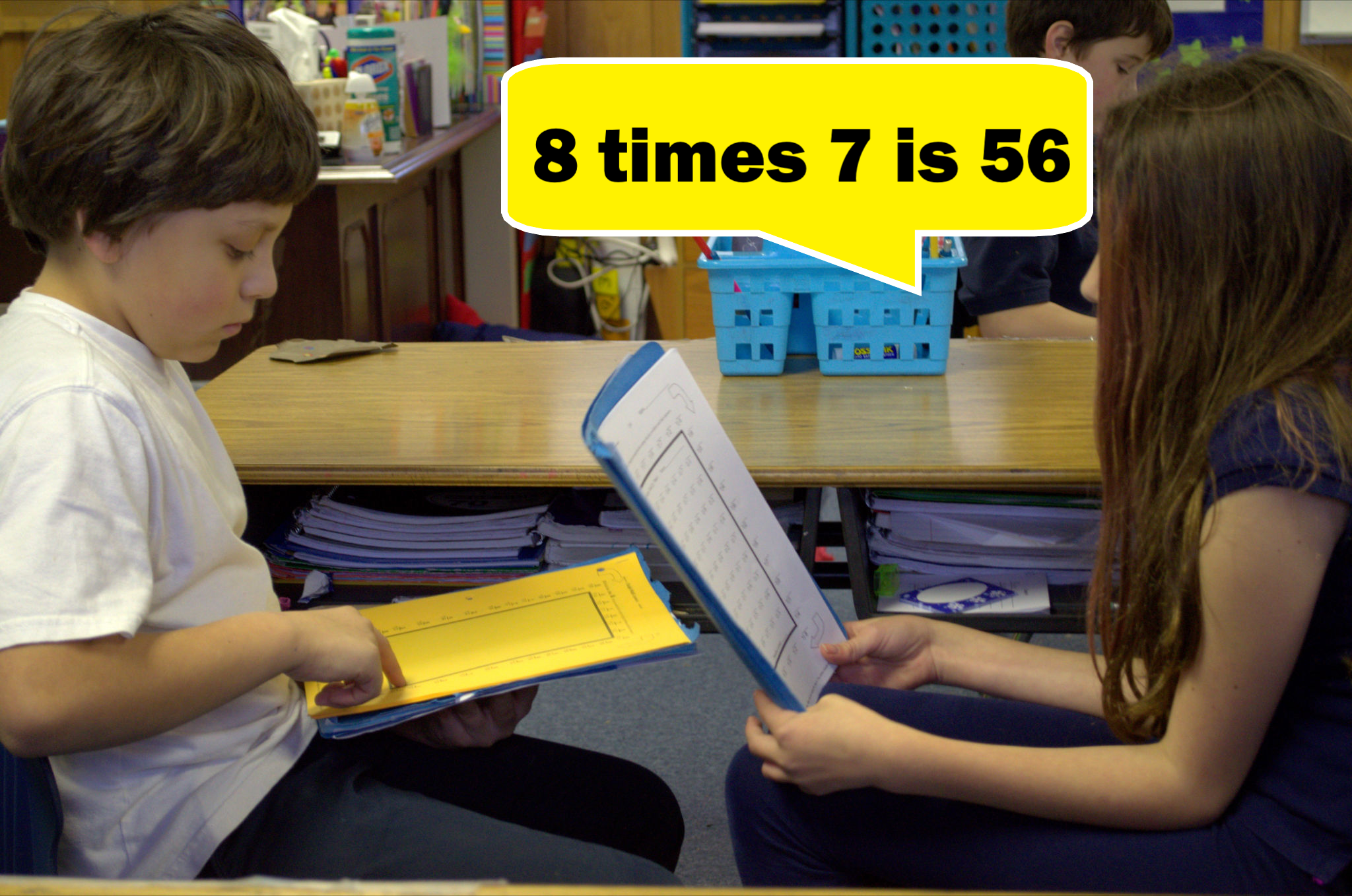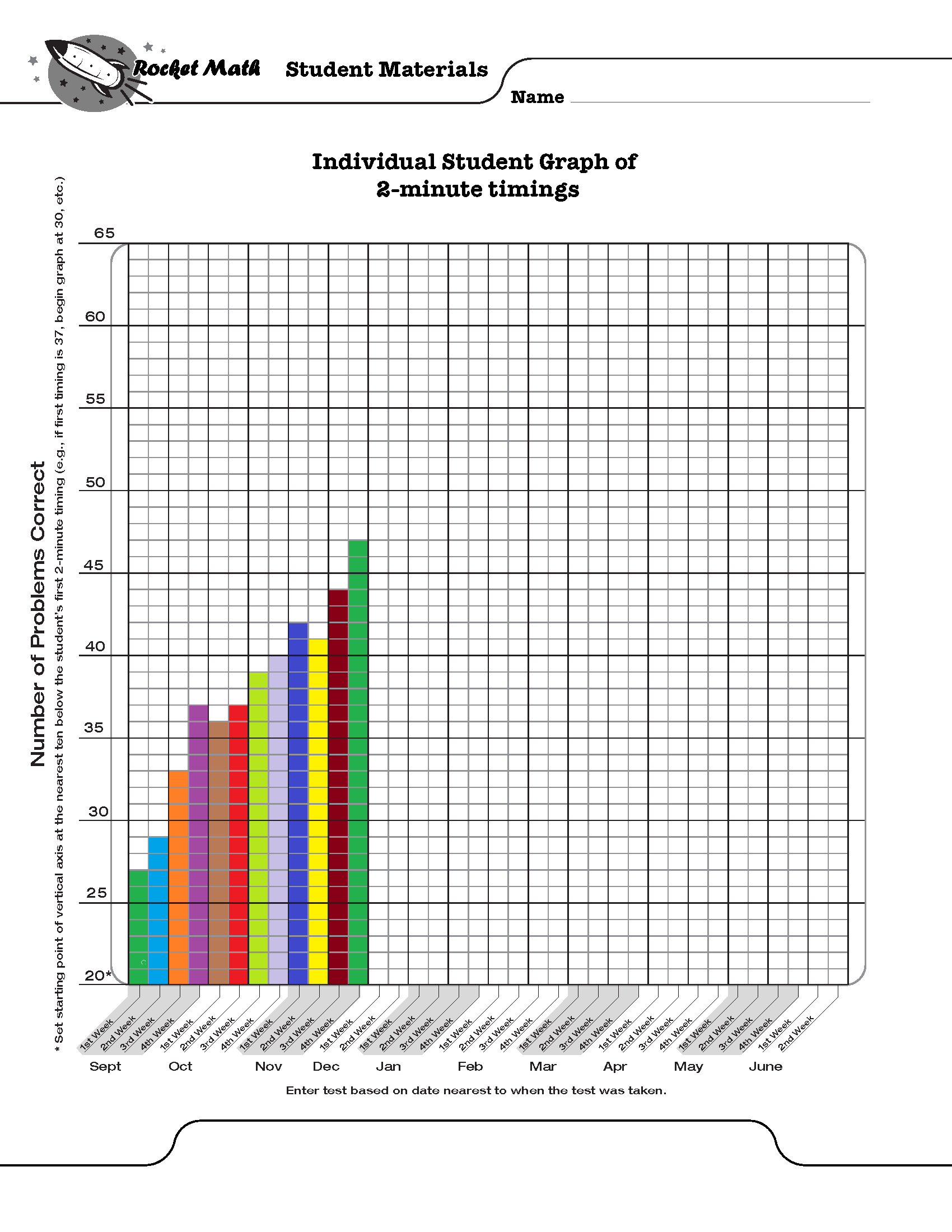Searching for a program to practice math facts online that will help your learner power through their math facts and have fun?
Rocket Math Online Game offers effective addition, subtraction, multiplication, and division practice, and students have a blast doing it! Why do they love the game? The game helps students quickly and methodically memorize math facts, which means less frustration and more fun! The game also shows students their progress with exciting, rocket ship-themed graphics and audio to keep them motivated to learn more. It turns out that students learn better and are more motivated to continue when they can clearly see their progress. Who knew?
How Rocket Math’s online math game works
Too many children still count on their fingers to figure out basic addition facts. If a child continues to spend hours counting on their fingers, it is a sure way to make them hate math. Professors of education frequently teach that “all rote learning is bad for children.” This is not true when it comes to math facts. Memorizing basic facts is a necessary step (to free up working memory) on the path to higher-order thinking in math, and by skipping math fact memorization, teachers are handicapping their students. As a result of the dogma against memorization, few new teachers have any idea how to effectively help their students memorize.
For example, giving students a worksheet full of problems that they haven’t been able to memorize isn’t going to help. Nor will a computer practice game that randomly gives problems for students to solve. A good math program will provide students with a few math facts at a time to work through before adding more.
Rocket Math Online Game does just this. Starting with two math facts and their reverse, the game won’t let the student move on until they can answer these math problems instantly. Rocket Math Online Game will then gradually, carefully, and systematically add new facts to those already learned. Students have to answer in 3 seconds or less, or they have to do that part over until they can answer the math fact immediately. They will work through set A to set Z with 26 levels in three phases; Take-Off, Orbit, and Universe. Each time they complete a set, the tile for that set explodes and falls away. As students progress through the levels, they can fill out the Rocket Chart to see their progress and stay motivated.
Addition Math Facts Practice in Rocket Math Online Game
First-grade students should begin working on the first Learning Track: Addition 1s through 9s math facts and have all those facts memorized first. With Rocket Math Online Game, there are three Learning Tracks to choose from for your first-grade class.
- The Basic Learning Track
- 1. Addition 1s through 9s
- The Alternative Learning Track: learning addition and subtraction facts in families
- 5. Fact Families (+, -) to 10
- Optional Learning Track
- 7. Add to 20
If you notice a student is taking more than a week to pass a level in sets A-Z of Addition 1s through 9s, that’s a sign for you to intervene. Often this means that the child is struggling and needs to practice more. They need to logon and practice at home in addition to their practice in school. The first graders who can finish the Learning Track for Addition 1s though 9s, can move on to the Optional Learning Track, Add to 20. Advanced first graders who are very quickly mastering facts can certainly move into the Learning Tracks recommended below for 2nd grade.
There is an alternative sequence of learning addition and subtraction facts, through Fact Families. Fact Families introduces addition and subtraction facts at the same time in “families” such as 1+3, 3+1, 4-3, 4-1. Because the facts are introduced in families students are able to switch back and forth between addition and subtraction as they are learning. Rocket Math breaks up the fact families into a Learning Track with addition and subtraction facts up to 10 to begin in first grade and then a second Learning Track of facts from 11 that follows after, either in first grade or second.
Subtraction Math Facts Practice in Rocket Math Online Game
Many teachers think subtraction facts are harder for children to learn.The reason they seem harder to learn is that most children don’t fully master addition before they start memorizing subtraction facts. When that happens, the two operations interfere with one another (officially, it’s known as proactive and retroactive inhibition), and subtraction facts become harder to learn.
Students who work through the addition sets in Rocket Math Online Game, will not find this to be a problem. Once the student has mastered the addition facts, they will quickly recognize that subtraction facts are “the opposite” of addition. The interference does not happen, and the students will feel good about their progress and learn to do computation with ease.
Rocket Math Online Game offers these Learning Tracks for second graders to master subtraction:
- The Basic Learning Tracks
- 1. Addition 1s through 9s
- 2. Subtraction 1s through 9s
- The Alternative Learning Tracks: learning addition and subtraction facts in families
- 5. Fact Families (+, -) to 10
- 6. Fact Families (+, -) from 11
- Optional Learning Tracks
- 7. Add to 20
- 8. Subtract from 20
Second graders who did not learn addition Math Facts in first grade must focus on addition facts first. After they have gotten through Set Z of addition, they can move on to 2. Subtraction 1s through 9s.
Second-grade students who complete addition and subtraction 1s-9s can start Add to 20 and then go on to Subtracting from 20.
As noted above, learning by fact families is an alternative route to learning basic addition and subtraction facts. The first Learning Track would be #5 Fact Families (+, -) to 10 followed by #6 Fact Families (+, -) from 11.
Multiplication Math Facts Practice in Rocket Math Online Game
Being able to multiply is harder than addition or subtraction because you can’t count on your fingers. While it is necessary for students to memorize the “times facts,” they are seldom systematically taught. Preservice teachers are frequently taught that “rote learning is bad for children.” This is not true, but as a result, most new teachers have no idea how to effectively help their students memorize. Memorizing basic facts is a necessary step (to free up working memory) on the path to higher-order thinking in math, and by skipping math fact memorization, teachers are handicapping their students.
Rocket Math Online Game offers these Learning Tracks for third graders to master multiplication:
- The Basic Learning Tracks
- 3. Multiplication 1s through 9s (priority)
- 1. Addition 1s through 9s (if still not mastered)
- 2. Subtraction 1s through 9s (if still not mastered)
- The Alternative Learning Track: learning multiplication and division facts in families
- 11. Fact Families (x,÷) to 20
- Optional Learning Track
- 9. Multiplication 10s-11s-12s
In third grade, multiplication has priority, and students must master it first even if they have not mastered addition and subtraction. Higher-level math students who may not have mastered addition and subtraction will only be crippled more without learning multiplication. Once the student has mastered multiplication, then go back and work on mastering addition and subtraction. When students have mastered all three of these basic operations, they can move on to 9. Multiplication 10s-11s-12s. And of course, advanced third graders who have learned the concept of division can move into the Learning Tracks recommended below for fourth grade students.
There is an alternative sequence of learning multiplication and division facts, through Fact Families. Fact Families introduces multiplication and division facts at the same time in “families” such as 4×5, 5×4, 20÷4, 20÷5. Because the facts are introduced in families students are able to switch back and forth between multiplication and division as they are learning. Rocket Math breaks up the multiplication and division fact families into facts up to 20 to begin in third grade and then a second Learning Track of facts from 20 follows after, either in third grade or fourth.
Division Math Facts Practice in Rocket Math Online Game
The key to learning division facts is to learn them gradually. Students should work a few minutes at a time and then take a break. Rocket Math Online Game has students work for five minutes at a time (although the teacher can increase it to 10 or 15 minutes if the student wants it), and then the game pauses for a 20-minute break. Breaks will help keep students from becoming tired of the game and ensure they want to keep playing. Learning Math Facts is a marathon, not a sprint, so we want them to do Rocket Math once or twice a day for a few months. That’s how they will come to master the math facts.
Typically, students learn division in fourth or fifth grade, but they can learn it earlier if they understand the concept. Division isn’t harder than multiplication, but it will be if students have not mastered multiplication first. That’s why having students work through Set Z of multiplication before starting division is essential.
Here are the Learning Tracks offered by Rocket Math Online Game:
- The Basic Learning Tracks
- 3. Multiplication 1s through 9s (priority)
- 4. Division 1s through 9s (secondary priority)
- The Alternative Learning Tracks: learning multiplication and division facts in families
- 11. Fact Families (x,÷) to 20
- 12. Fact Families (x,÷) from 21
- Optional Learning Tracks
- 9. Multiplication 10s-11s-12s
- 10. Division 10s-11s-12s
When they have mastered multiplication and the 1s-9s of division, students can go on to Multiplication 10s-11s-12s and Division 10s-11s-12s.
As noted above, learning by fact families is an alternative route to learning basic multiplication and division facts. The first Learning Track would be #11 Fact Families (x,÷) to 20 followed by #12 Fact Families (x,÷) from 21.
Rocket Math Online Game – The Best Tool to Learn Math Facts
Mastering the basic facts in addition, subtraction, multiplication, and division will not only help students succeed in school, but are essential skills to have outside of the classroom. If you want your students to be successful at math and enjoy learning, memorizing these math facts is vital. With Rocket Math Online Game, your students will be engaged and excited to play. Students will be able to see their progress, celebrate their wins, and take pride in what they learn. It doesn’t take much to motivate your students, just a sincere recognition of their achievement. They will know when they have accomplished something, and if you recognize it as well, then they will feel proud of themselves.
There’s a free two-week trial of the Rocket Math Online Game so you can see for yourself how well it works and how students love it.




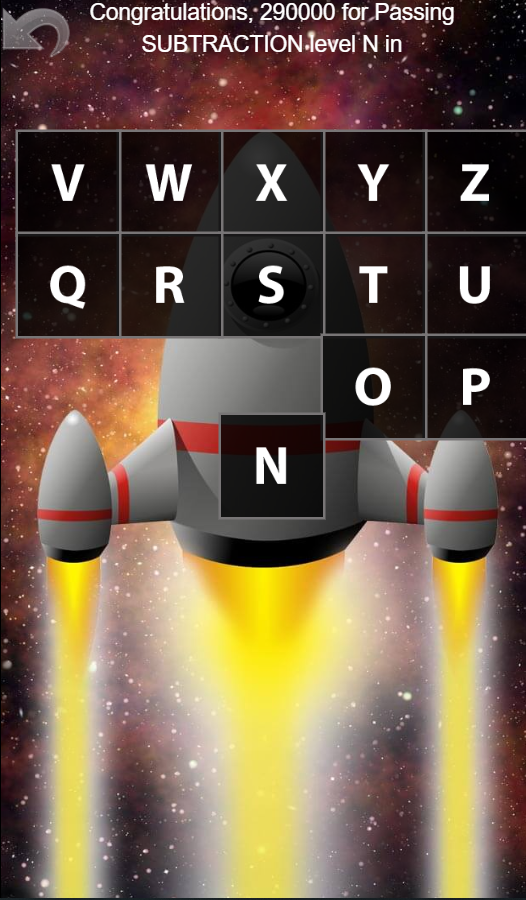
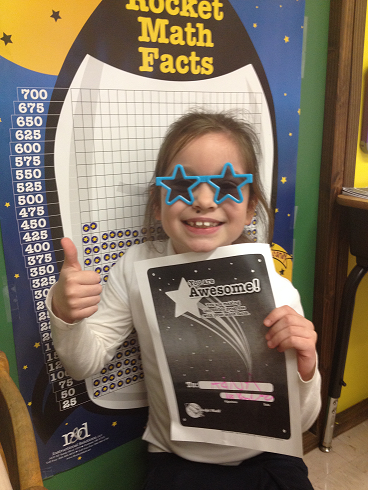
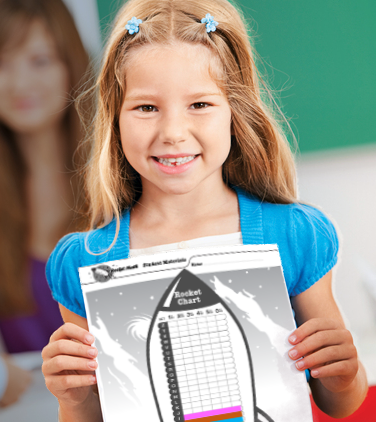
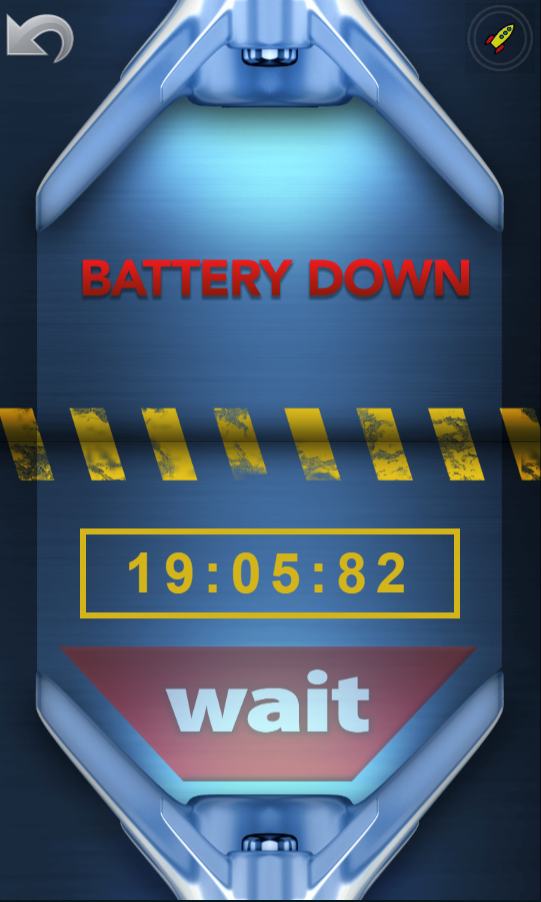

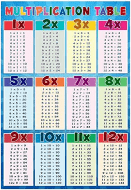
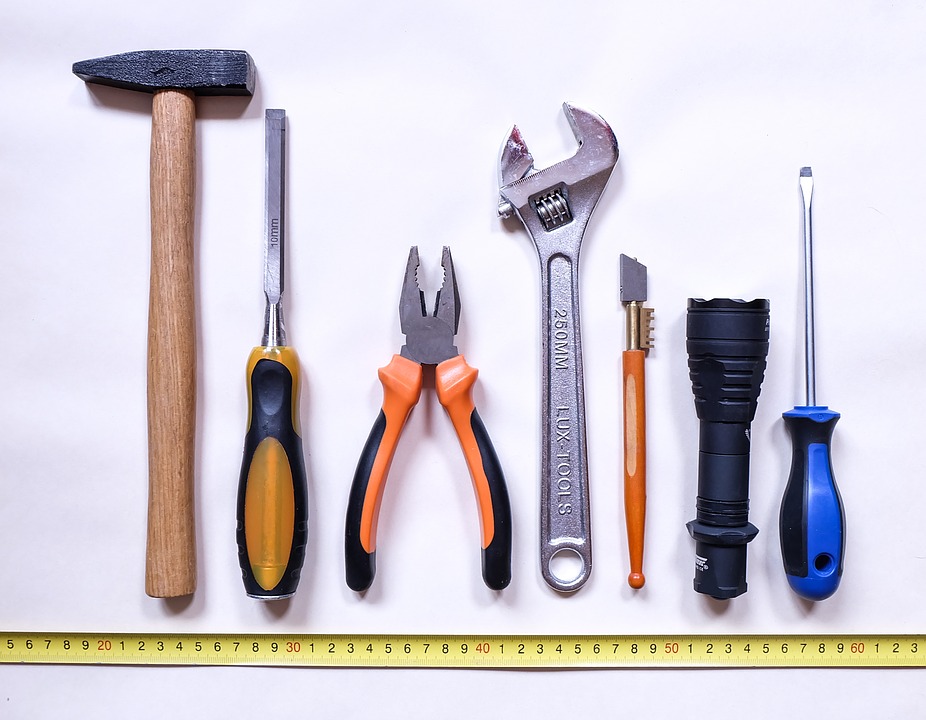

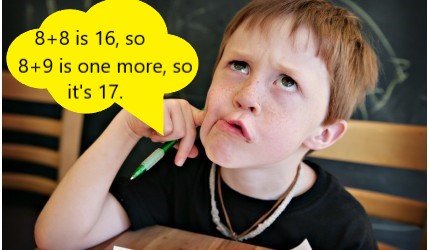


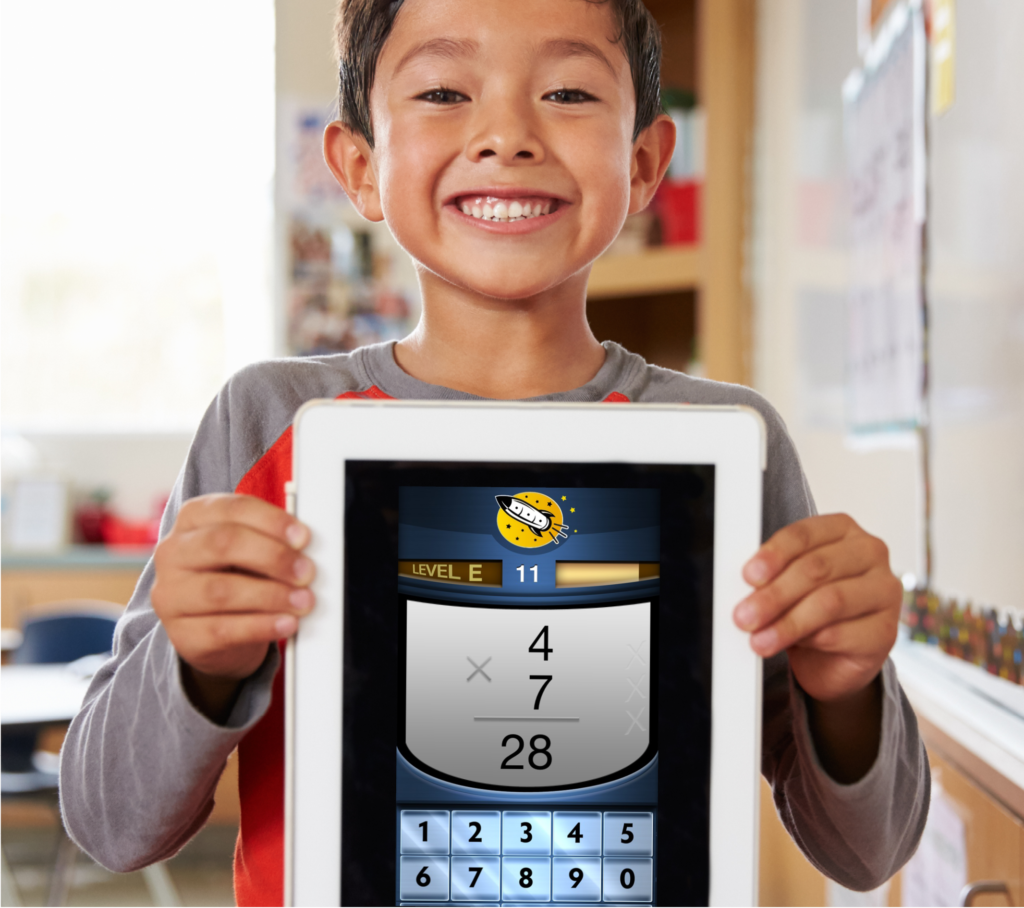
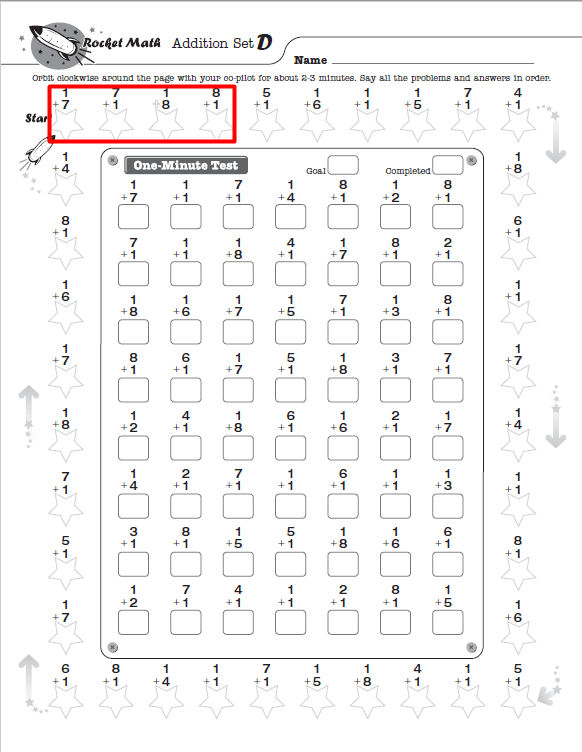


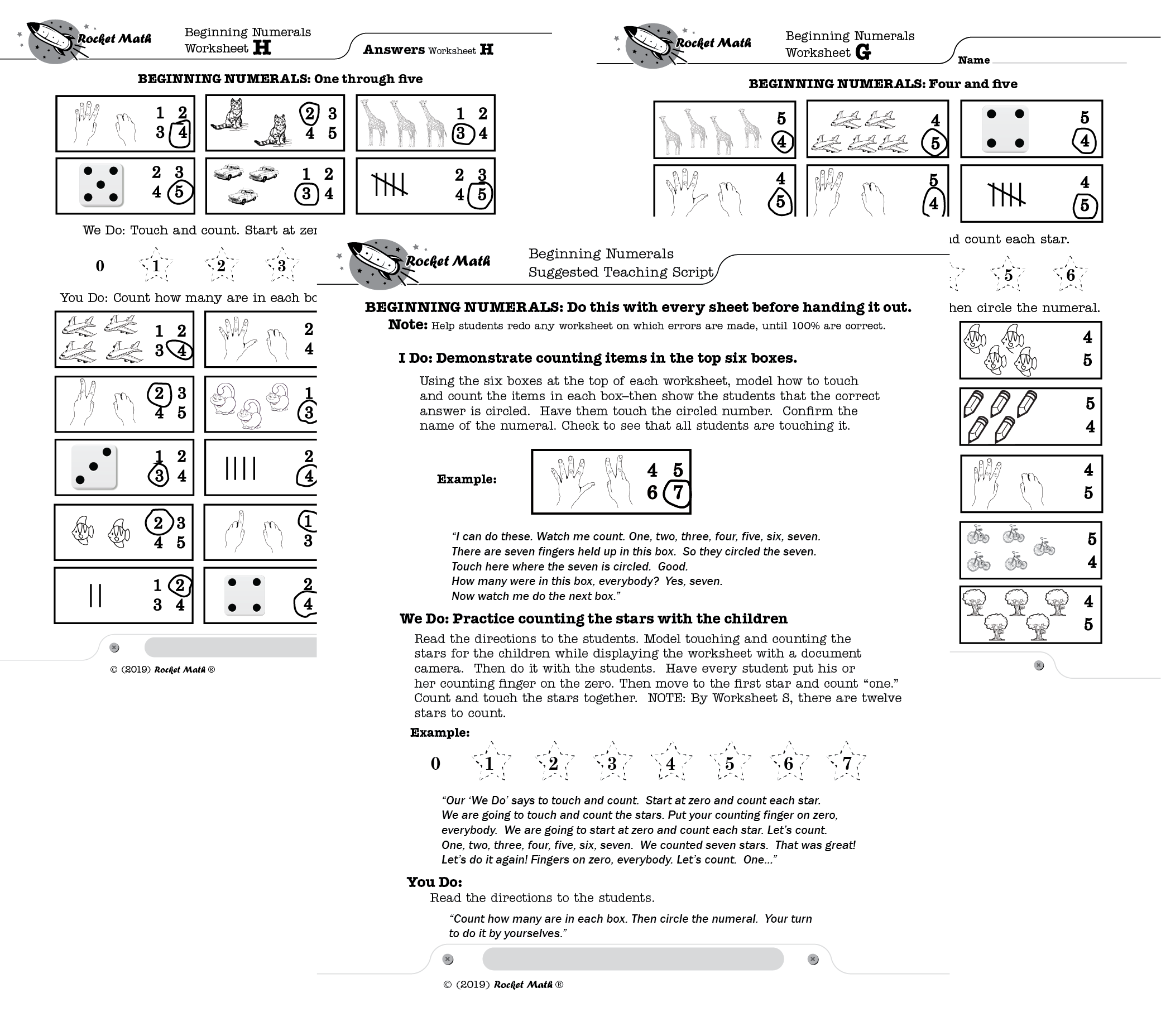

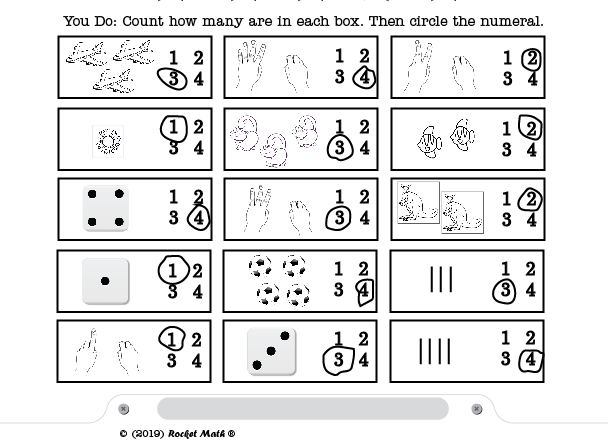



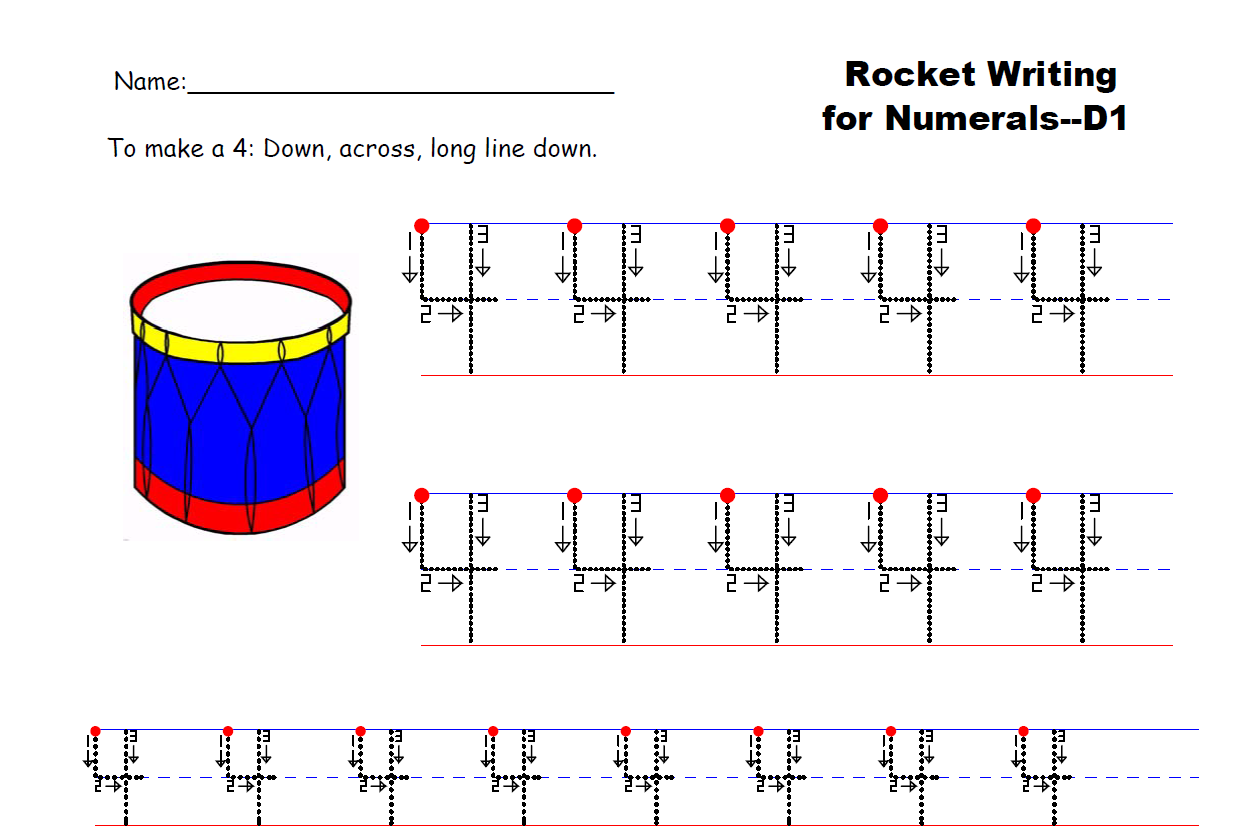

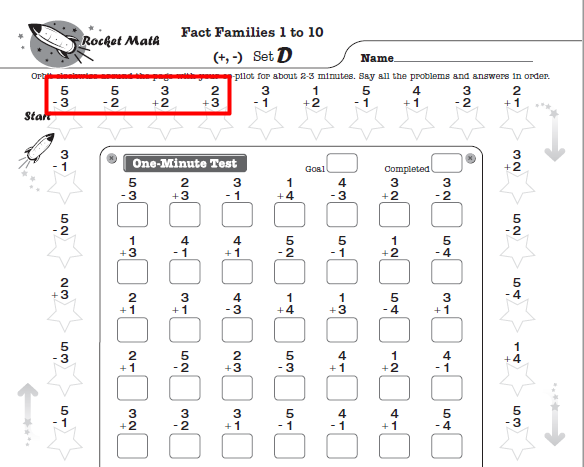 Alternatively, once students have learned the concepts for both addition and subtraction, they can begin to learn fact families. Our
Alternatively, once students have learned the concepts for both addition and subtraction, they can begin to learn fact families. Our
